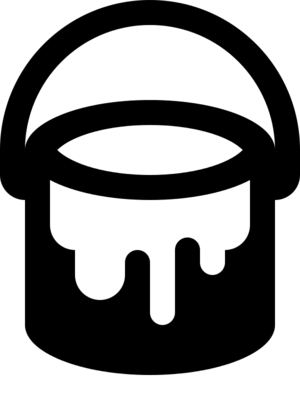Material:Vulcanized Fiber
| MaterialInfoBox Vulcanized Fiber | |
|---|---|

| |
| Synonyms: | vulcanized fibre, fishpaper; DE: Vulkanfiber, Cottonid |
| Suggested Tools: | laser cutter; many metalworking tools [1] |
| Contains: | cotton cellulose |
Vulcanized fiber is sometimes called a "natural synthetic" as it contains only soft cotton cellulose, but has been chemically crosslinked to obtain a durable sheet material.
It looks a lot like cardboard, but is "lighter than aluminium, tougher than leather, and stiffer than most thermoplastics". [2]
Laser Cutting
Vulcanized fiber is very easily laser cut with near-zero kerf! That means you can make precise technical parts out of it (well...we're working on the required laser accuracy at the moment).
Here's a material highlight with laser cutting ideas by Ponoko (somewhere in the middle).
Chlorine Content
During the manufacturing of vulcanized fiber, either zinc chloride (ZnCl2) or sulfuric acid (H2SO4) are used as catalysts. Although these chemicals are removed from the finished products, traces may remain that you should keep in mind: chlorine and other halogens can potentially harm a laser cutter! If you can, get the type made with sulfuric acid (e.g. SAVUTEC) just to be super extra safe.
Otherwise, zinc chloride based fiber should still be safe for two reasons:
- the zinc chloride residue lies below 0.05 %, i.e. 0.027 % chlorine - that's as little as the chlorine content of regular wood [3]
- one manufacturer even states less than 6 ppm (0.0006 %)! [4]
- rather than HCl, less problematic Cl2 should be released as the vulcanized fiber is free zinc chloride hydrates (waiting for manufacturer's confirmation)
Further Reading